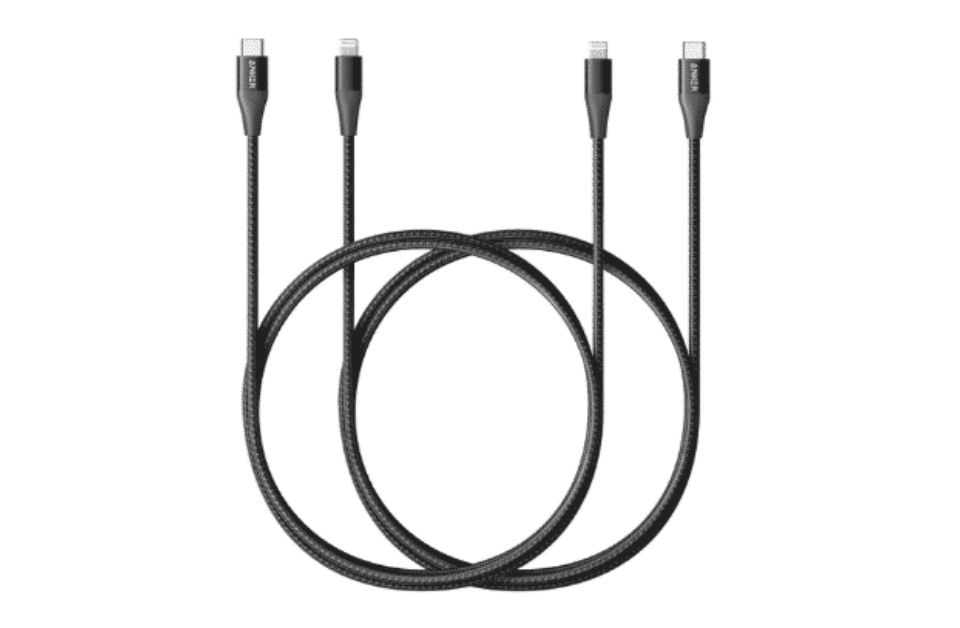Wondering What is the difference between wire and cable? don’t worry, we got you covered. Read this blog where we have discussed wires and cables in detail and the difference between them.
It is common that the majority of the population using electronic and electrical components use the term wire and cable interchangeably. The sellers of electric components know the pain of getting confused when their customer asks for a wire, but while explaining the application, they understand that they need a cable instead. Understanding the contextual differences in application between them can help individuals to seek and use the right component for their specific needs. In this blog, let us clarify the differences between cables and wires.
What is a wire?
A wire is a piece of conductor that can carry electrical current. They are made of drawing out materials like Copper or Aluminium, which have high conductivity and low resistance. Wires can be classified into solid and stranded types. Solid wires are long and thin pieces of conductive metals created by drawing them through a series of dies. Stranded wires are ultra-thin filaments that have the flexibility to bend and get braided. Sometimes, the wires have an insulated coating to prevent electrical shorts or any other type of damage.
What is a cable?
Cables are multiple wires, usually twisted or braided together and have an insulated covering made out of plastic or rubber. The outer layer of a cable is made out of a protective sheath to avoid damage and ensure durability. Cables can be used to conduct electricity (power cables) and transmit data over long distances (communication cables). The major types of cables are twisted pair cables, coaxial cables, multi-conductor cables and fiber optic cables.
When do you need a wire?
Wires have a wide range of applications, starting from small circuits and all the way to automotive and aerospace applications. In household applications, they are seen in the internal wirings of electronic appliances, electrical fixtures, fuse filaments and switches.
When do you need a cable?
Cables are predominantly used in telecommunication, audio-visual and computer networking applications. Apart from complex electrical systems and industrial applications, they are also used for household needs such as mobile/laptop chargers, cables of electronic appliances etc.
Types of Wires
1. Solid wires
These are rigid and thick wires, which can conduct electricity better. It is ideal for outdoor use, as it is more durable by being resistant to weather and frequent movement. They are easier to be routed via conduit pipes.
2. Stranded wires
These are thin bundled wires, compressed and insulated with non-conductive materials. Being more flexible, they are preferred for connecting electronic components in cramped spaces.
Types of Cables
1. Twisted pair cables
As the name indicates twisted pair cables are a pair of cables twisted around each other. They are often used in telecommunication industries, professional sound engineering, theatres, studios and intercom systems.
2. Multi-conductor cables
Multi-conductor cables are multiple cables grouped together while being insulated from each other. The insulation reduces the interference between the cables, making it an ideal option for efficient data transmission.
3. Coaxial cables
Coaxial cables have a solid inner conductor surrounded by an outer layer of condutor foil The inner and outer layers are sandwiched between a layer of insulation. They are used in older models of broadcast communication on televisions and radios. Nowadays, they are falling out of favour against the ethernet and fiber optic cables.
4. Fibre optic cables
Fibre optic cables transmit data signals via hair-thin glass fibres. They can carry a lot of data more efficiently than cables with alloy conductors. So, they are heavily used for IT applications.
Summary of differences between wire and cable
| Wire | Cable |
| Made out of a single conductor | Made out of multiple conductors |
| Used to carry electricity over short distances. Also used for meshing, filaments of bulbs and even allowing mechanical loads. | Used to carry electricity and transmit telecommunication signals. |
| Types – Solid and stranded types | Types – Twisted pair cables, coaxial cables, fibre optic cables, multi-conductor cable |
| Offers low resistance and is good for high-frequency applications | Offers better product life, safety and insulation |
Conclusion
At Dyeton Solutions, we provide the right cables for every requirement ranging from household to industrial applications. Visit our store for all types of high-quality cables with which you can ensure optimal performance and safety of all your electrical and electronic equipment.









One Response
advertise my blog
https://www.fedus.in/
Understanding the Distinction: Wire vs. Cable
In the realm of electrical engineering and communication technology, the terms “wire” and “cable” are often used interchangeably, leading to confusion. However, there are distinct differences between the two, both in their construction and their applications. Let’s unravel the dissimilarities:
Wire:
The Elemental Conductor
A wire is a single, usually cylindrical strand or rod of metal, typically copper or aluminum, that conducts electricity. Here are some key characteristics of wires:
Conductivity: Wires serve as conductors, allowing the flow of electrical current from one point to another. They are made of highly conductive materials to minimize energy loss during transmission.
Single Conductor: Wires consist of a single conducting element, usually insulated with a protective material such as plastic or rubber. They come in various gauges or thicknesses, with thinner wires suitable for low-power applications and thicker wires for higher currents.
Flexibility: Wires are often flexible, allowing them to be easily routed and bent to fit different applications. They are commonly used in household electrical wiring, electronics, and small-scale electrical connections.
Versatility: Wires find applications in a wide range of industries, from power transmission and telecommunications to automotive and aerospace.
Cable:
The Unified Ensemble
A cable, on the other hand, is a combination of multiple wires or conductors bundled together and insulated as a single unit. Here’s what distinguishes cables from wires:
Multiple Conductors: Unlike wires, which consist of a single conductor, cables contain multiple conductors grouped together within a common protective sheath. These conductors can serve different purposes, such as transmitting power, data, or signals.
Protection and Shielding: Cables are encased in protective sheaths, typically made of materials like PVC (Polyvinyl Chloride), rubber, or thermoplastic, to shield the conductors from environmental factors such as moisture, heat, and mechanical stress.
Structured Design: Cables are designed with specific configurations and arrangements of conductors tailored to the intended application. For instance, Ethernet cables contain twisted pairs of wires for data transmission, while coaxial cables consist of a central conductor surrounded by an insulating layer and an outer conductor.
Diverse Applications: Cables serve a myriad of applications, including power distribution, telecommunications, networking, audio-visual transmission, and industrial automation.
Conclusion:
In essence, while wires serve as individual conductors of electricity, cables are composite assemblies that encompass multiple conductors within a protective sheath. Understanding the disparity between wires and cables is crucial for selecting the appropriate solution for diverse electrical and communication needs, ensuring efficiency, reliability, and safety in various applications.